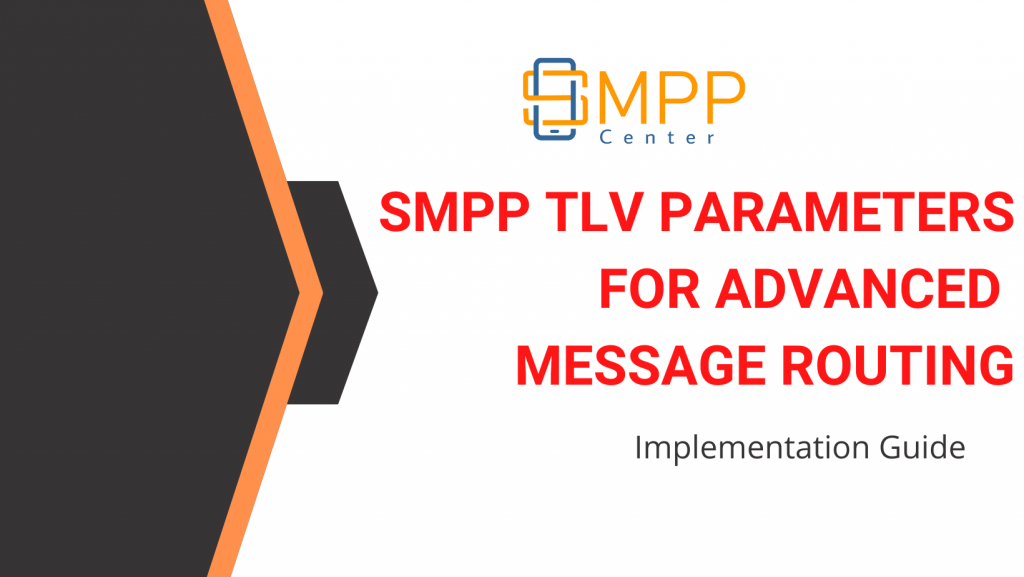SMPP (Short Message Peer-to-Peer Protocol) is the de facto standard messaging protocol used globally in wireless communications. SMPP version 3.4 is the latest standard and comes with enhancements that support new features for Advanced Message Routing (AMR) such as Dynamic Message Routing, Ordering Numbers, and User-defined TLVs. TLV stands for Tag Length Value. The implementation guide focuses on implementation details of the AMR enhancements in SMPP, with an emphasis on using the new TLV parameters to support these features.

Introduction to Advanced Message Routing
AMR is a set of advanced message routing features that can be used to route messages to multiple destinations. It is a set of enhancements to the standard SMPP messaging protocol. The SMPP standard is an agreed-upon protocol for communication between SMS Gateways and SMS Providers. Although SMPP is a standard, there is some level of customization. It is intended that the AMR enhancements will be used by all SMS Providers globally. The AMR enhancements will be implemented in every SMS Gateway that supports SMPP. One example of an AMR feature is Dynamic Message Routing (DMR). In the standard SMPP routing scenario, the sender’s address would be routed to a single recipient. With DMR, the sender’s address can be routed to multiple recipients.
Dynamic Message Routing (DMR)
With Dynamic Message Routing (DMR), the sender’s address can be routed to multiple recipients. The number of recipients can be specified by the sender or be dynamic depending on the routing instructions from the SMS Gateway. The routing instructions would be based on some conditions, such as the time of day, the day of the week, the source of the message, the type of message (for example, promotional or transactional), or the number of messages currently being routed to a specific recipient. The routing instructions would be specified in a User-defined TLV. The User-defined TLV would contain any routing instructions specific to the message, such as routing the message to multiple destinations. The number of destinations would be specified by the sender or be dynamically determined by the SMS Gateway.
Ordering Numbers
Another AMR feature is Ordering Numbers. With this feature, the sender would be able to route the message to a specific recipient. The recipient of the message would be identified by an Ordering Number. With the current SMPP implementation, the recipient is identified by the GSM Mobile Station International Mobile Subscriber Identity (IMSI). The IMSI is a unique identifier assigned to each mobile device. It is a globally unique identifier that identifies mobile subscribers on the GSM network. The Ordering Number would be based on the sender’s address, the message type, and the routing instructions specified in a User-defined TLV. The routing instructions could be the time of day, the day of the week, the source of the message, or the number of messages currently being routed to the Ordering Number.
User-defined TLVs
With AMR, the new User-defined TLVs would be used to route messages to multiple destinations and specify the order in which the messages should be routed. The User-defined TLVs would contain routing instructions specific to the message and would be used in combination with the new routing algorithms. The routing instructions would be based on the time of day, the day of the week, the source of the message, the type of message (for example, promotional or transactional), the number of messages currently being routed to a specific destination, or the destination’s Ordering Number.
Summary
The AMR enhancements to the SMPP messaging protocol introduce several new features including, but not limited to, Dynamic Message Routing, Ordering Numbers, and User-defined TLVs. These enhancements are intended to be implemented in every SMS Gateway that supports SMPP. The implementation guide focuses on implementation details of the AMR enhancements in SMPP, with an emphasis on using the new TLV parameters to support these features.



